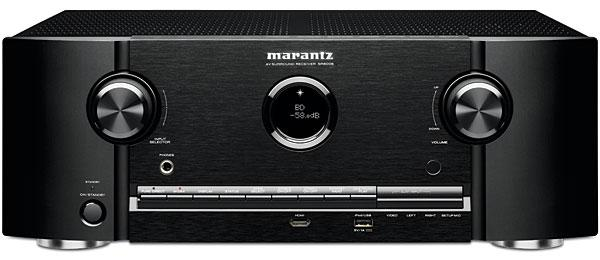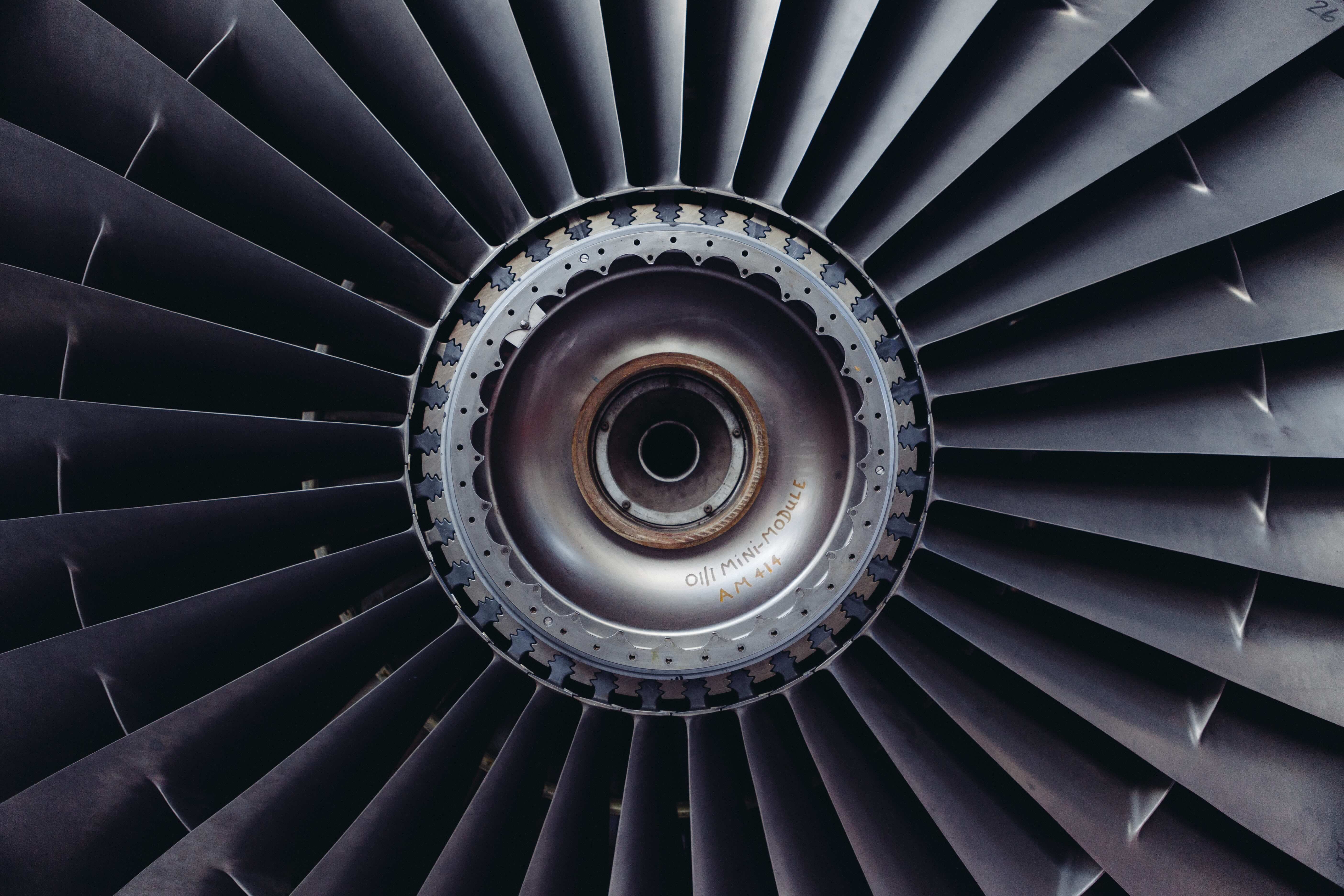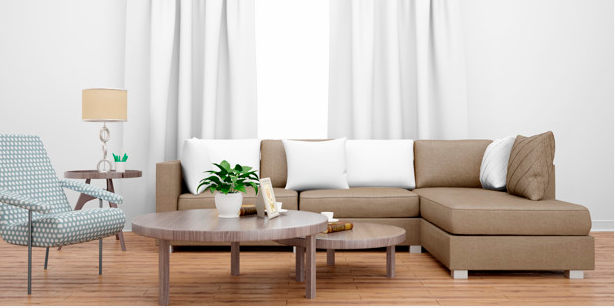Amplifiers are a great device to power up the volume of your house or car music system. With today’s technical advancements, amplifier manufacturers are coming up with more and more complex amplifiers packed with several confusing features. Keeping all the additional features aside, make sure that your evaluation of the following aspects before making a purchase:
Different Factors To Consider Before Purchasing The Amplifier
There ate multiple factors you must consider before purchasing the amplifier of your choice. You need to understand the facts before considering the solutions.
1. CONNECTIONS/PORT:
Make sure that that the amplifier has sufficient input ports to plug in all your devices. Since every device has a different connecting structure like USB for laptops and 3.5mm for iPods, the amplifier should have sufficient inputs to provide the best performance.
2. WATTAGE:
Where do you plan to install the amplifier? The living room? In a hall? Whichever the area you wish to place it, remember the amp should be able to provide up to twice the speaker’s program power rating. But too high wattage might land you in a position where you have to spend more than just the cost of the amplifier, like in sound-proofing instruments and attenuators. So be practical and opt for a 10W amplifier. The volume would be enough for you to enjoy the music in most applications.
3. CHANNELS:
Depending on the number of speakers you need to power, you can select from a mono, i.e., single channel, stereo, i.e., two channels or multi, i.e., 4 or more channels.
4. LIMITERS:
To prevent the amplifier from clipping and the sound from distorting, a speaker must have a limiter. It acts as a protection circuit and prevents distortion by preventing a signal from going above a maximum signal level.
5. SIGNAL HANDLING CAPACITY:
Amplifier handling capacity can be determined by the three modes in which they operate:
6. STEREO MODE:
Stereo mode powers a pair of speakers and each channel receives a signal independent of the other.
7. PARALLEL MODE:
A single input signal is sent to both channels in a parallel mode, and it is generally used to power an odd number of speakers.
8. BRIDGE MODE:
This is used to send a signal to a subwoofer, and it combines the power of both channels, providing more power to the single output.
9. HEADROOM:
The quantity by which the signal-handling capabilities of an audio system exceeds a designated nominal level is referred to as headroom. Having headroom helps to avoid clipping of the sound, which ultimately prevents speakers from getting damaged by the distortion produced by a sudden increase in volume. Headroom also mitigates the possibility of heat and distortion in the signal path, preventing the system from sudden shutdown or meltdown.
10. SIGNAL TO NOISE RATIO:
Purchase amplifiers with high signal to noise ratio. A higher number means a better elimination of the background noise, and you will get to enjoy more music and hear less of the noise.
11. TOTAL HARMONIC DISTORTION:
Aside from your listening preference, carefully select an amplifier that has a lower sum of total harmonic distortion and noise. A smaller sum means the output of the sound will sound more like the recording voice.
You can purchase various pro audio video products online such as AV over IP solutions, amplifiers, digital signage that boast of impressive and technically advanced features at an affordable price.
Final Take Away
Hence, these are some of the facts that you have to take care of while you want to develop your buying power using the amplifier. Work out the plans that can help you to achieve your goals in the best possible ways.
Read Also :






















